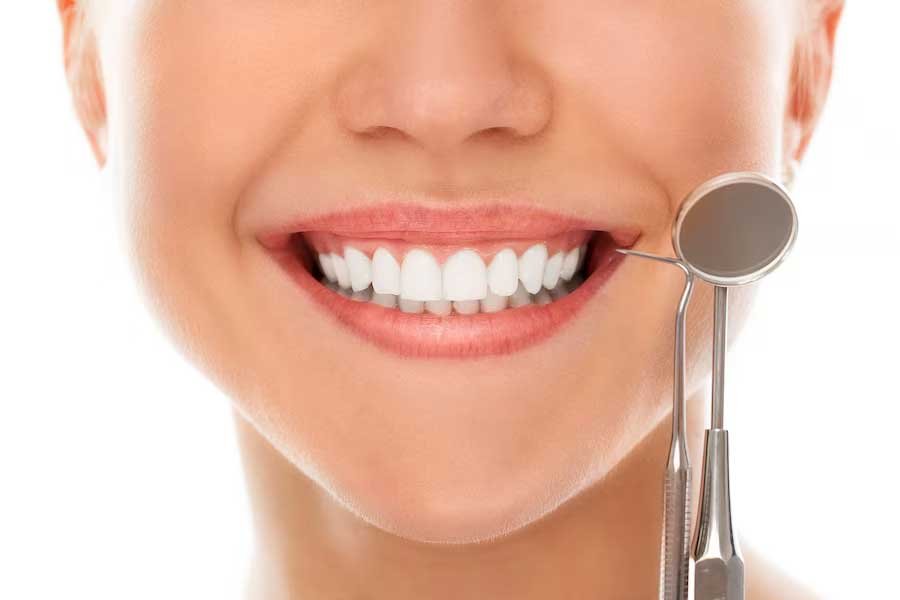Americans Face Toughest Week Yet
Surgeon General Adams had a stark warning for all of America ahead of the second week in April. Dr. Jerome Adams warned that America is entering what will be one of the saddest and most difficult weeks for Americans, comparing the death toll and grief to national disasters such as 9/11 and Pearl Harbor.
Experts are predicting through analytic data-driven models that America has yet to see the virus crisis apex and hospitals and facilities in our nation will have to make difficult decisions as to who receives care as the number of patients who critically ill continue to swell.
Strict Skilled Nursing Facility Guidelines
The CDC has issued guidelines for skilled nursing facilities who want to ensure that their residents are safe and the virus does not ravage their community. Eight out of ten deaths in our nation have been citizens who are in the at-risk group of 65 and older. Skilled nursing facilities are being cautious in the strict lockdown of their facilities by not allowing any visitors, tirelessly checking residents and staff for fever and any other symptoms, and limiting the activities within the facility.
Doctors and specialists have begun seeing facility residents by way of telemedicine.
Expansion of Telemedicine by US Government in Response to COVID-19
The rapid spread of the novel coronavirus has prompted the federal government to allow Medicare and Medicaid patients to receive health care by way of telemedicine. With the passage of the CARES Act by CMS in March, an 1135 waiver gives way to providers being able to schedule virtual appointments with their patients via telephone or video. The HIPAA laws have also been relaxed to allow Facebook, Skype, and Zoom to be used for visits.
This has made many more Americans aware that the choice for remote monitoring of their care is available. Technological equipment is available for patients to send their vitals to their physician as well, such as blood pressure cuffs and glucose meters.
For conditions such as rashes or chronic wounds, pictures may be requested by the physician if the call is not taking place by video but audio-only.














Leave a Reply